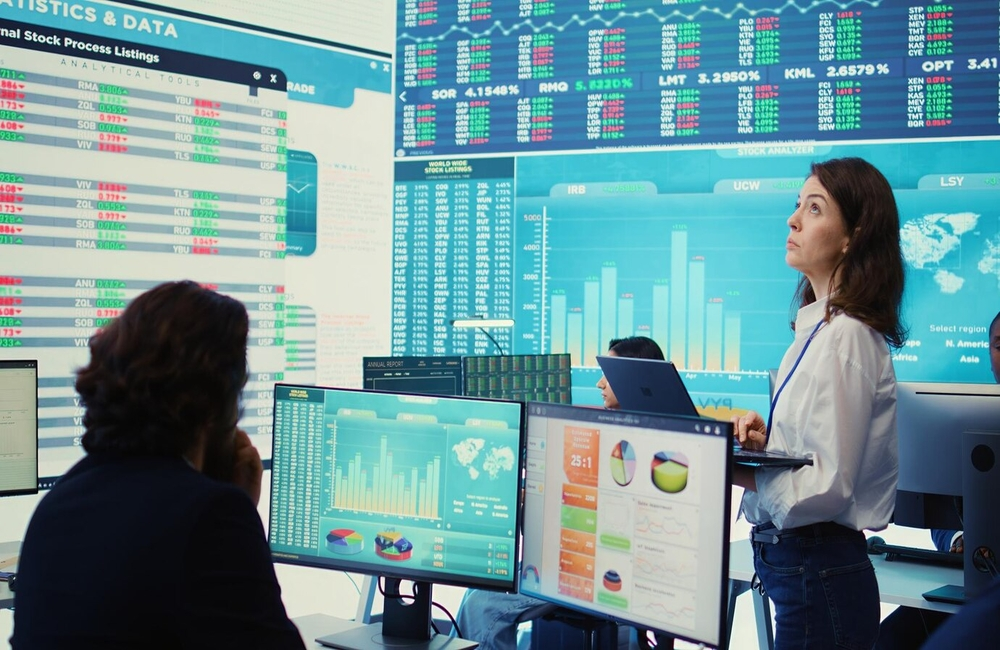HPCs, once in line to be the next future of green for cars, have lagged behind electric vehicle production, explains Jonathan Geurkink, Emerging Technologies Analyst, Pitchbook Data ("Hydrogen Fuel Cells Back in the Spotlight," August 2022). But they’re catching on elsewhere—especially in the aerospace industry, “where hydrogen fuel has an advantage over gas and electric alternatives,” and have the potential to be superior, he notes.
Potential solution to big pollution challenge: hydrogen adoption for airlines. “Today, aviation represents roughly 2.1% of all human-induced carbon dioxide (CO2) emissions globally, but it’s set to be one of the fastest growing sources in the coming decades as passenger aviation demand expands,” says Cheryl Wilson, ESG senior manager at Capital Group. “The growth and take-up of HFCs in these applications… if accompanied by aviation, which just makes water vapour in their contrails, can make serious inroads into future global carbon levels,” notes Geurkink.
Liquid hydrogen offers potential with no carbon footprint, if it is made using renewable power sources. Now, it's produced through electrolysis, which is typically powered by hydroelectric energy. It may be the toxic residue of aluminum production—in Chicoutimi and Shawinigan, Québec or created from coal burning presumably.
High performance hydrogen
As compelling as the zero-carbon pledge is, liquid hydrogen’s worth is, in fact, in its stunning performance. It has an energy density around 120 megajoules per kilogram (MJ/kg), which is four times that of gasoline (about 45 MJ/kg), even though its structural performance is low. To only offer a few hours of use per day, even for decades, the waste-to-monument ratio is unequaled by any other machinery. It’s still “somewhere between 60 and 100 times better than what you have with today’s electric vehicle lithium-ion batteries,” Geurkink says.
But gasoline stores a much bigger level of bang in the space it takes up. With an energy content of roughly 35 megajoules per litre, gasoline is a cut above liquid hydrogen (8 MJ/L) and lithium-ion batteries (2.5 MJ/L).
H2 faces an infrastructure problem too. Just because it's such a tiny molecule, "traditional transport through pipelines is sensitive to leaks," Geurkink says. “What’s more, hydrogen tends to work its way into the grain structure of steel used in pipelines over time, which weakens the strength of the steel, a process called hydrogen embrittlement,” he says.
In most forecasts, the use of liquid hydrogen isn’t expected to take off until after 2050. For instance, by that time, the NLR (Netherlands Aerospace Centre) and the Mission Possible Partnership attribute it merely some 20% as an energy provider. BloombergNEF is more bullish, awarding it a lion’s share of some 55% of the energy mix in 2050; but the International Energy Agency is bearish, forecasting that it will contribute no more than 1% of energy supplies by then.
Cheryl Wilson thinks liquid hydrogen isn't an option until there are new aircraft designs to go with new motor technologies, in other words, to make room for its larger fuel tanks and added weight.
In the meantime, airlines will rely on Sustainable Aviation Fuels (SAF). But those fuels are also in their nascence. “In 2018, less than 0.01% of aviation fuel was from alternative sources,” a 2021 working paper by the International Council on Clean Transportation found.
Corn in the tank
Among SAF resources, vegetable oils such as waste cooking oil, corn oil and soybean oil are the most common, and the direct GHG emissions of which vary from 15% to 40% compared to fossil fuel. Other sources include agricultural wastes, forestry residues and municipal sewage wastes with 0% of non-biological content.
But while SAFs have low carbon-emission profiles in and of themselves, they face other challenges. Vegetable-based oils are limited, for example, because as Cheryl Wilson puts it, the latter “food versus fuel” debate. “Are we really going to run into feedstock issues?” she asks, “It’s possible.” There are also life-cycle analysis and displacement issues where low emissions balances high emissions production. The net result, the ICCT report concludes, is that “the wide variation in climate impacts across different SAF feedstocks and conversion technologies shows that simply substituting petroleum jet fuel with any alternative jet fuel will not be enough to catalyze deep decarbonization of aviation.”
“Aviation is a hard to decarbonize industry,” Cheryl Wilson acknowledges. There is no clear plan for how to meet the net-zero target. To do so will likely require the industry to produce SAFs and liquid hydrogen.
Technology finally getting some wings
But technology does have a tendency to step up, as H2 innovations are currently in the works, Geurkink says. A startup called ZeroAvia, which is backed by British Airways and Amazon, is a company working on the issue in a refreshingly pragmatic way: ZeroAvia is working around the regulation’s lengthy certification process. Geurkink also cites a French early-stage startup, Beyond Aero, aiming to design and manufacture a medium-range, hydrogen fuel cell aircraft.
Instead of designing and certifying a new airplane, the company plans to re-engine with its fuel cell power plant and electric motor existing and already certified airframe models. “Its initial commercial product, beginning in 2024, will have a range of 300 nautical miles in a nine seat to 19 seat configuration. By 2035, we anticipate we’ll be using ATJ to fly a 200-seat aircraft 3,000 nautical miles,” Geurkink writes.
ZeroAvia also solves the infrastructure challenge of liquid hydrogen that has so far prevented widespread adoption of fuel cell electric vehicles. The F300 will be a part of a company-wide scheme to produce and store green hydrogen locally.





















